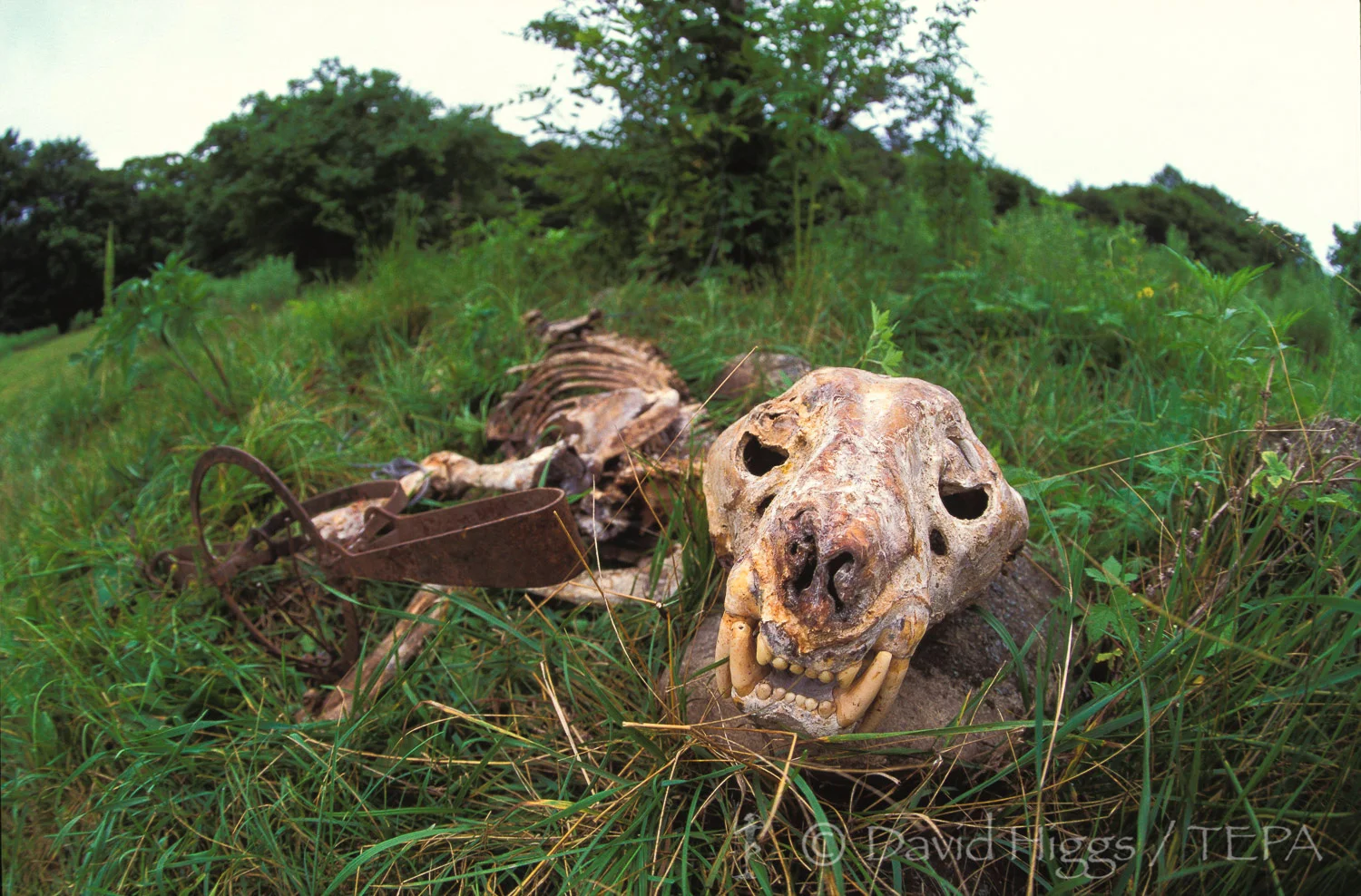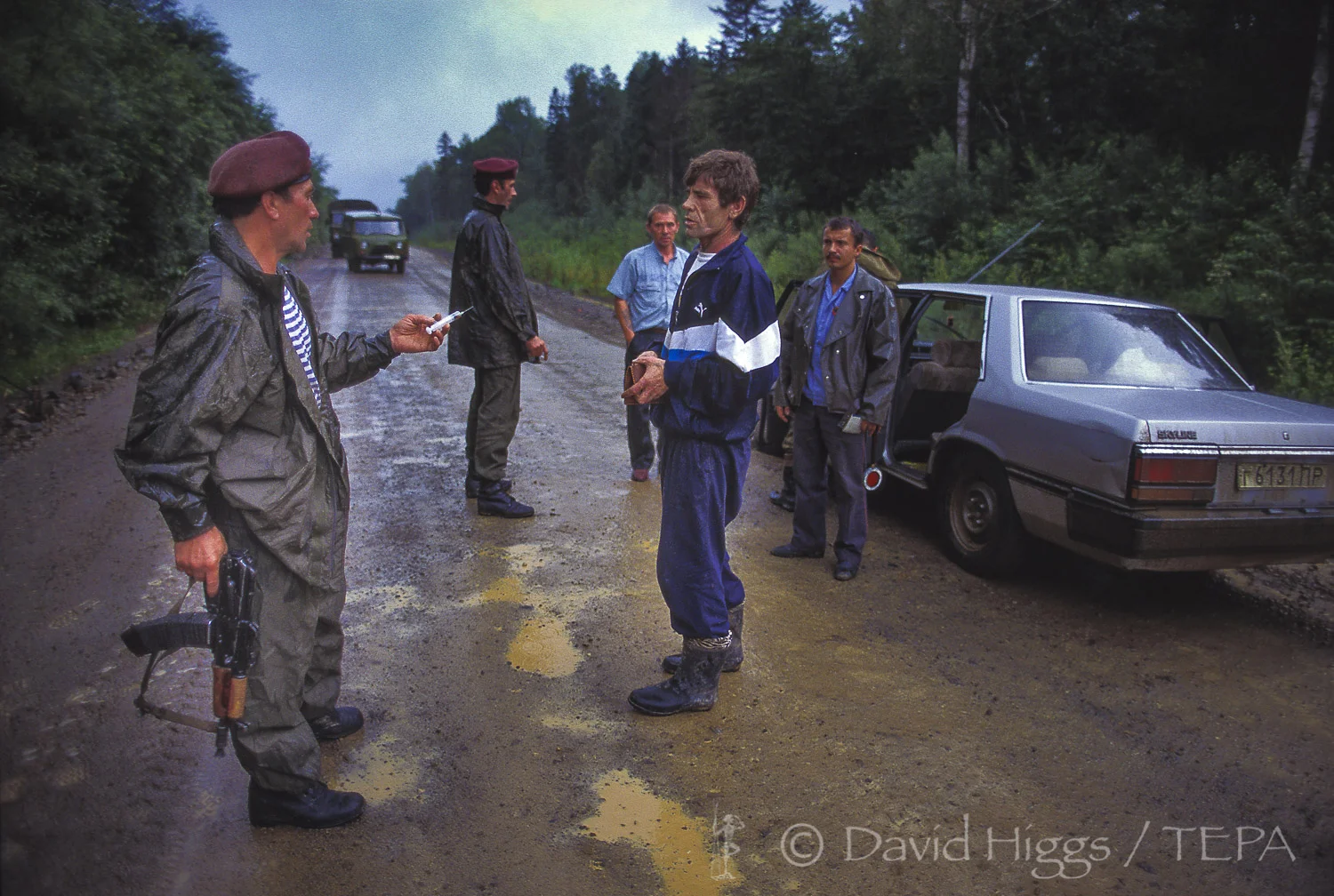Following the collapse of the Soviet Union, uncontrolled poaching in Russia’s Far East plunged Siberian tigers near to extinction. So, in the early 1990s wildlife expert, Commander Vladimir Shetinin (centre) established an anti-poaching force, code-named Operation Amba (later renamed Inspection Tiger), with hand-picked and trained Special Forces to tackle the problem head-on. Often only armed with replica weapons, limited funds and at extreme risk to their lives and families they took the fight to the poachers – and won!
The following is a small selection of the photography, taken over nearly two months that TEPA spent patrolling with Operation Amba’s Special Forces.












